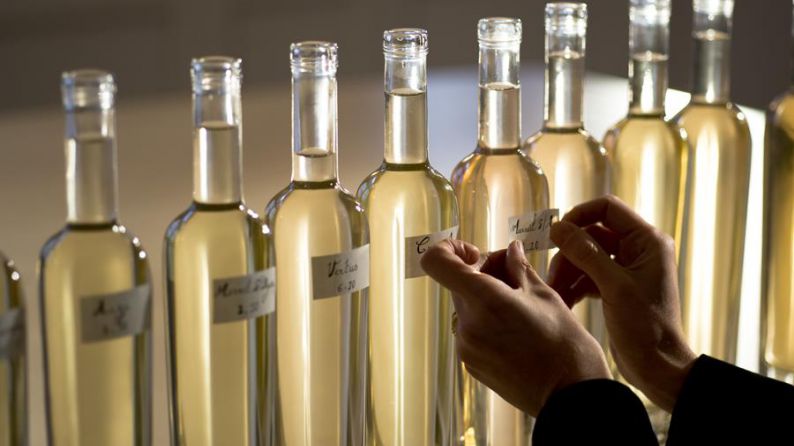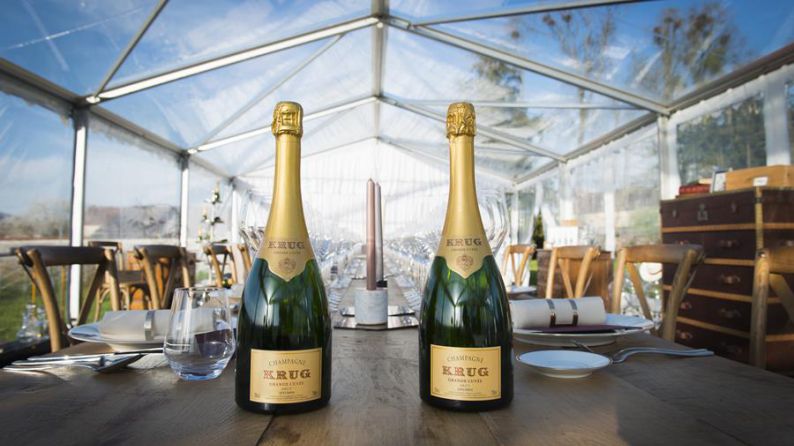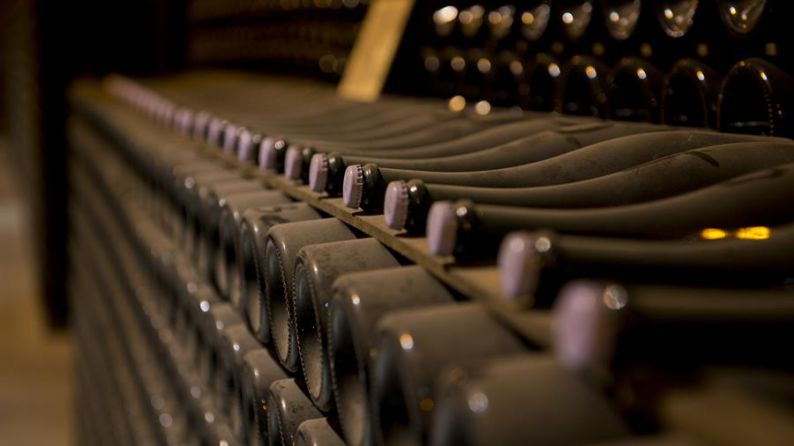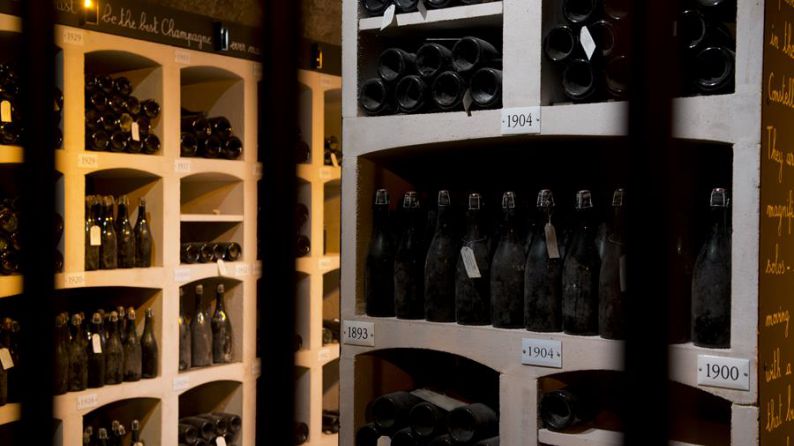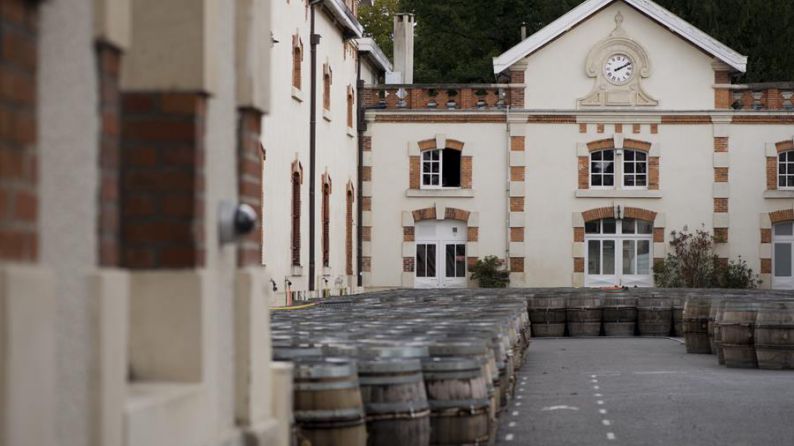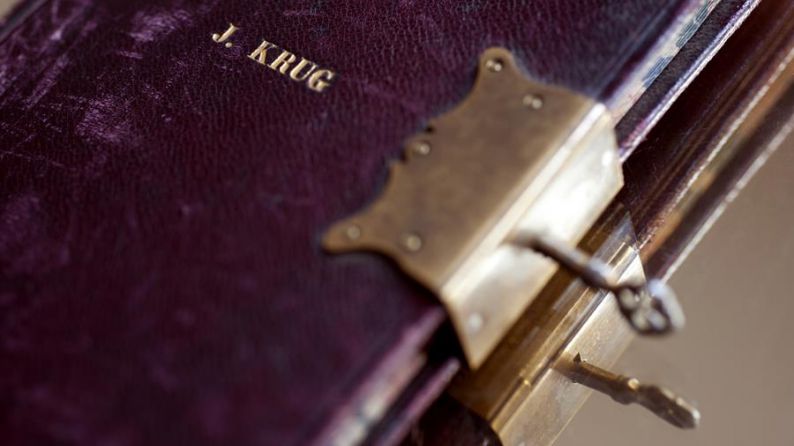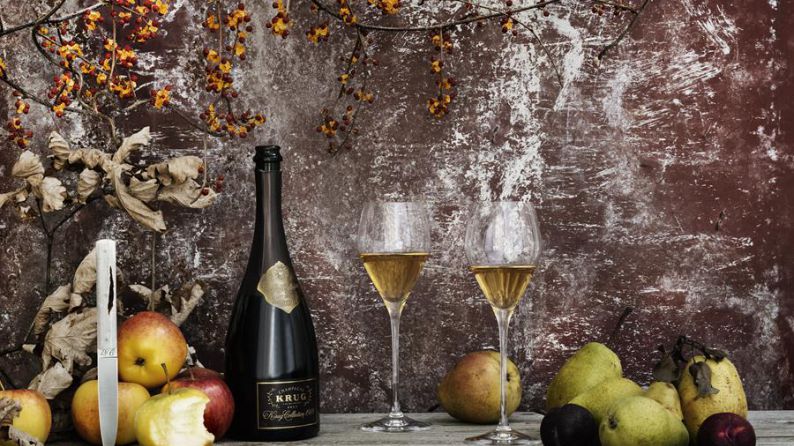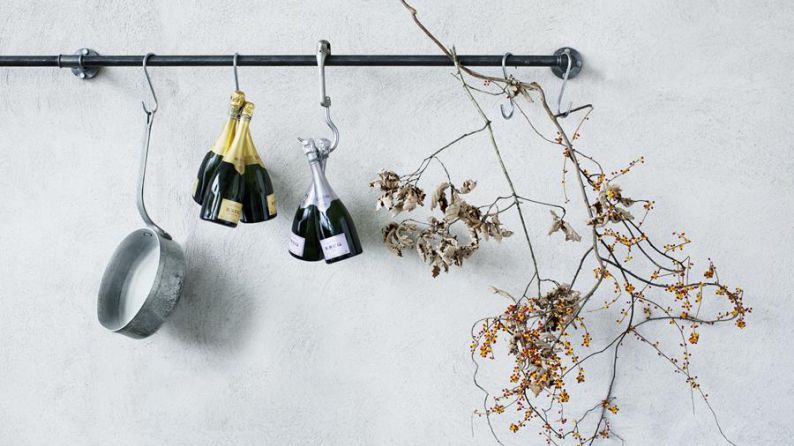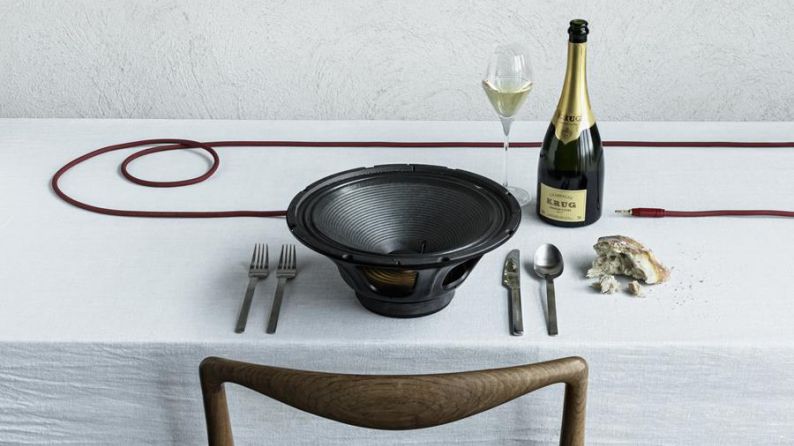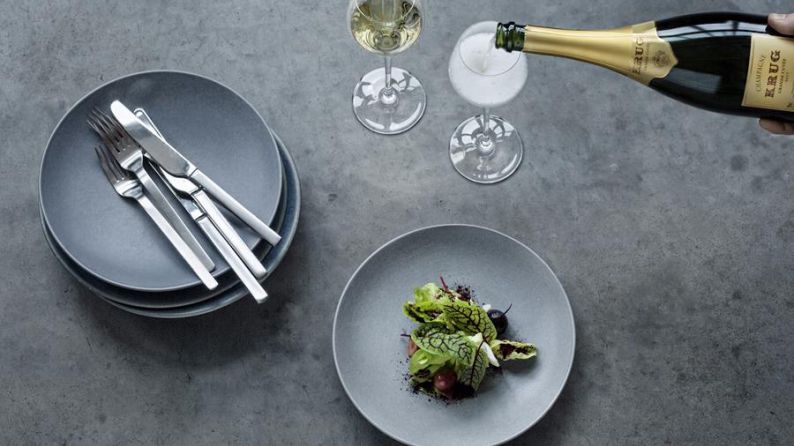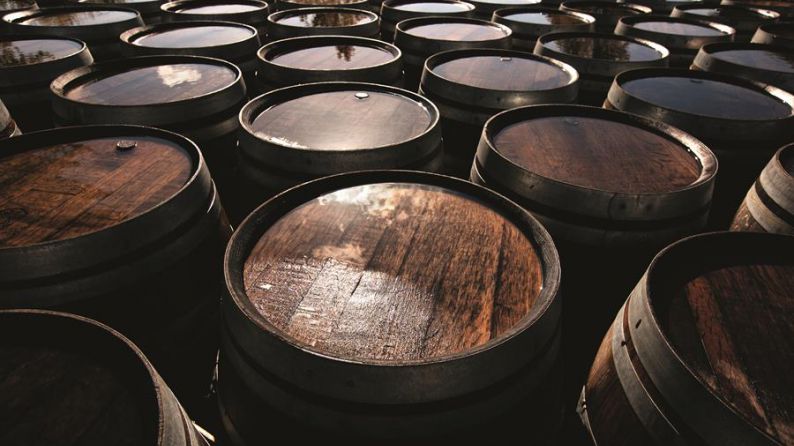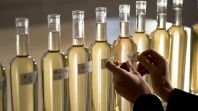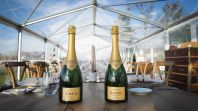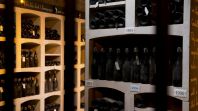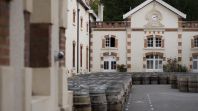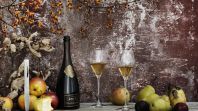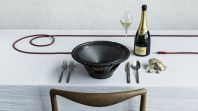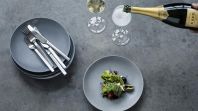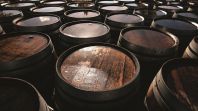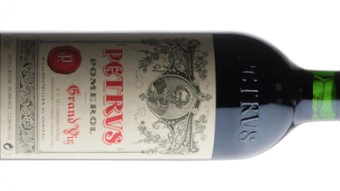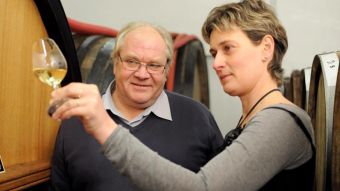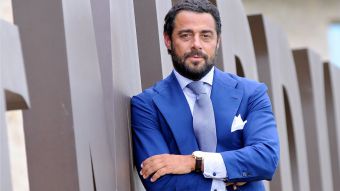Champagne Krug, bubbles from paradise
Krug is more than just a luxury champagne, it is a religion. The different cuvées from this hallowed champagne house are worshiped by discerning champagne drinkers and its finest treasures, Clos du Mesnil and Clos d'Ambonnay, are revered. This is the chronicle of a visit to these two holy sites.
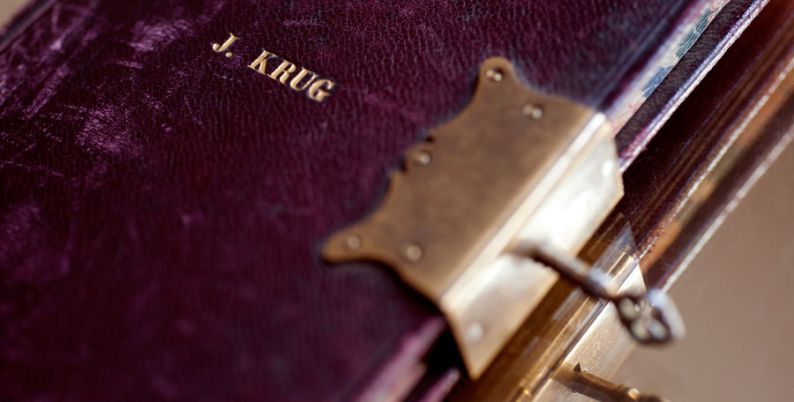
First of all, I apologize to readers for making use of a device that good journalism only allows in exceptional circumstances: the use (and abuse) of the first person.
Without trying to justify this license, I would say that I can think of no better narrative style in which to relate the experience of my last visit to Krug. It was one of those rare experiences so utterly pleasurable that they alone justify our meaningless existence in this world of suffering.
Addiction and worship
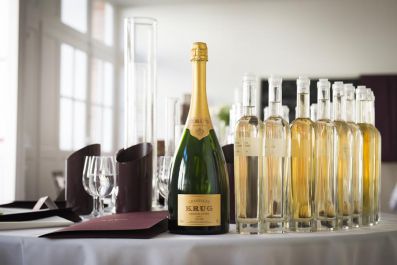 I should also admit to being a confessed Krug addict. I appreciate and venerate the bubbly from this champagne house, in all its forms, ages and price points. Starting, of course, with the Grande Cuvée, the icon that defines the style of the maison, a prodigy of the art of assemblage which blends together around 120 wines from different vintages, vineyards and grape varieties, selected from the 250 produced in the last harvest and the 150 vins de réserve, which, after fermentation in barrels, are stored in stainless steel vats for up to fifteen years.
I should also admit to being a confessed Krug addict. I appreciate and venerate the bubbly from this champagne house, in all its forms, ages and price points. Starting, of course, with the Grande Cuvée, the icon that defines the style of the maison, a prodigy of the art of assemblage which blends together around 120 wines from different vintages, vineyards and grape varieties, selected from the 250 produced in the last harvest and the 150 vins de réserve, which, after fermentation in barrels, are stored in stainless steel vats for up to fifteen years.
I admire, with equal passion, the whimsical Krug Rosé, a delicate pale pink elixir, floral and fragile yet vigorous on the nose and fresh and sensual on the palate. Only minuscule amounts of this champagne are released to the market.
I also adore the exceptional vintage champagnes, where the demands of maintaining a "Krug style" must necessarily coexist with the characteristics of each year’s vintage.
And, of course, I worship Krug’s two great treasures: Clos du Mesnil and Clos d'Ambonnay. Two perfect gems, as different as night and day: the first the supreme expression of Chardonnay grown in one of its dream terroirs; and the second, the summum of Pinot Noir in its best loved territory.
Having now confessed to all my weaknesses, I will also reveal that I have visited the maison on a number of occasions, the first time being when Rémy Krug was still president, the last of a long line of Krugs to be at the helm before the advent of the new owners, the LVMH group.
A table for lunch in Clos du Mesnil
Silly of me - I had thought I had seen, and tasted, everything there was to do with Krug, when I received a new invitation, this time to share an experience, baptized the “Krug Celebration”, with fellow journalists from around the world.
Ungrateful of me, I thought twice before accepting (not knowing at the time that I was the only journalist from Spain to have been invited!), because I had a prior commitment in Mallorca, an island not terribly well connected to Reims in terms of transport. Finally, my passion for Krug got the better of my phobia of airports and connections, and I ended up accepting the invitation.
As expected, the trip was hell. Dinner at Andreu Ginest’s restaurant in Capdepera, the farthest point of the island from Palma de Mallorca’s airport, finished after 2 am. I only just had the time to take a quick shower and a short nap before taking the taxi to catch the first flight to Barcelona, connecting to Paris Orly and from there, the drive to Champagne. Overall, I spent more than five hours nodding off on planes and in taxis.
As we caught sight of the first champagne vineyards , the driver told me that we would not be stopping off at the hotel in Reims, but that he would be dropping me off at Clos du Mesnil.
I was too worn out to rejoice, but I perked up the instant the car pulled up at the gates of the clos and I spotted the tables set out for lunch among the Le Mesnil vineyards, bathed in glorious sunlight. I knew then that the effort had been worth it. The Krug Celebration was beginning in style.
Pandora's box
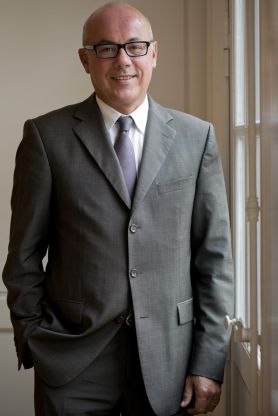 Eric Lebel, Chef de CavesAfter the introductions, Krug’s president, Margareth Henríquez, and the chef de cave, Eric Lebel, praised the unique qualities of this exceptional vineyard - 1.85 hectares located in the centre of Mesnil-sur-Oger village, flanked by a wall built by the monks (the former owners) in 1698, and acquired by Krug in 1971.
Eric Lebel, Chef de CavesAfter the introductions, Krug’s president, Margareth Henríquez, and the chef de cave, Eric Lebel, praised the unique qualities of this exceptional vineyard - 1.85 hectares located in the centre of Mesnil-sur-Oger village, flanked by a wall built by the monks (the former owners) in 1698, and acquired by Krug in 1971.
They then opened Pandora's box and proceeded to produce a succession of stratospheric champagnes which they passed around the tables!
The first was the latest vintage of Clos du Mesnil 2003. A wonder of youth, precision and acidity, all conveniently wrapped in silk.
After this wonder, came another: Clos du Mesnil 2000, logically more mature than the first, and also more complex, with a broad aromatic palette that included hints of apple, pastries, honey, citrus and exotic woods, and which was deep and exuberant on the palate.
With our senses in seventh heaven after the dual tasting of the latest vintages of this cuvée, we then discovered that Henriquez’ team had two more surprises in store for us: the 2000 and 2003 vintage champagnes, which illustrated the importance of the assemblage in the composition of great vintage champagnes produced from selected grapes from the best crus.
A marquee for dinner in Clos d'Ambonnay
The afternoon break gave us a brief respite before our hosts from Krug were back on the offensive. This time, we were seated in another of Krug’s exceptional vineyards, Clos d'Ambonnay, the "whim" that Remy and Henri Krug turned into reality in 1994, in order to replicate the success of Clos du Mesnil, but in the paradise of the Pinot Noir.
With just 0.68 hectares, this small "garden" provides grapes for the Cuvée that was first presented in 2007 and of which only four vintages have been created: 1995, 1996, 1998 and 2000. Production is extremely small: just over 2,000 bottles, which logically cost a bomb (around 3,000 euros per bottle, depending on the vintage).
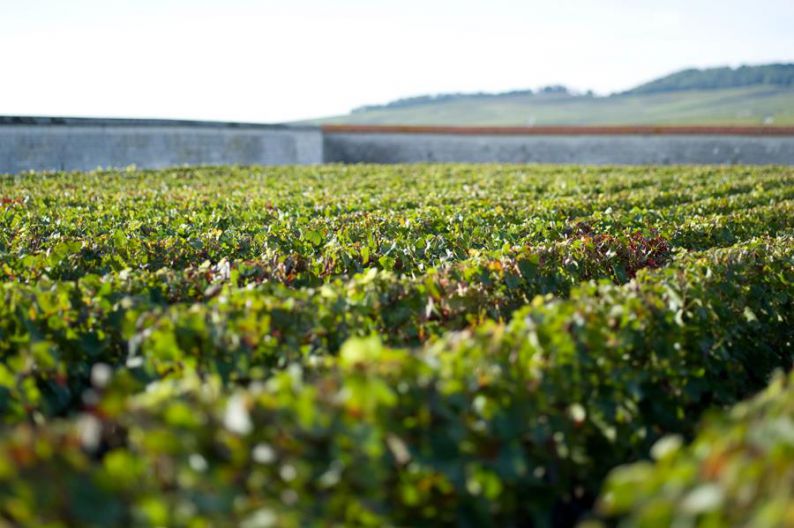 Clos d'Ambonnay
Clos d'Ambonnay
Bacchus continued smiling down on me during this dinner: ensconced in a marquee alongside the vines, I was able to try the 1995 vintage once again: this, the first Clos d'Ambonnay in history, is a champagne that remains devilishly young, bewitching the senses with notes of caramel, red fruit and toast, full and extremely long on the palate.
Ipso facto, they then cracked open and premiered the first bottles of the Clos d'Ambonnay 2000. This champagne was jovial and of almost disturbing elegance, with spicy, mineral and pastry aromas and XXL length.
To round off the evening, Madame La Présidente conjured up another Krug work of art: a magnum of Krug Collection 1982. This champagne displayed a crown of fine pristine bubbles (over three decades later!) a sensuous gold-copper hue, a mature and spicy expression, and opulence on the palate.
Then the clock struck midnight, I ran off and lost a slipper along the way. And that was the end of my fairytale visit. Short, but definitely worth it!


